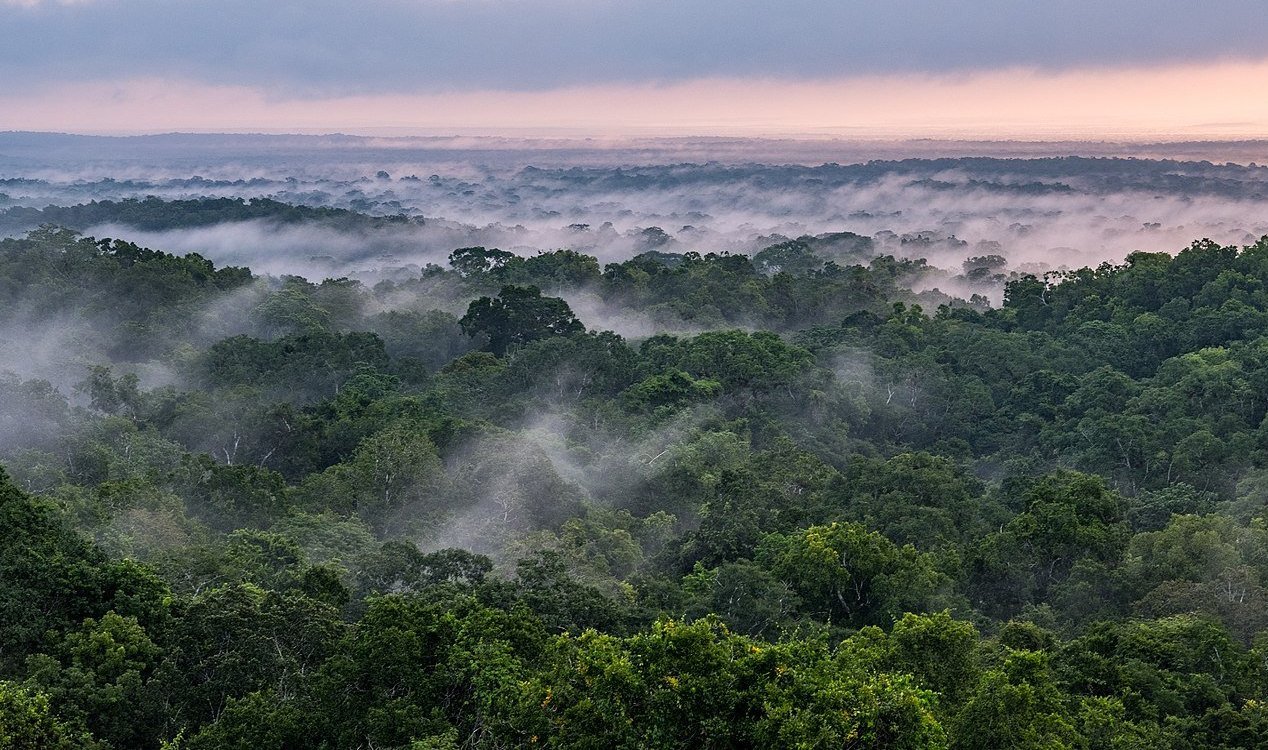Archaeology & History
December 26, 2022 · 13 comments
13 comments

What else is hidden beneath the rainforests of Guatemala ? Image Credit: USAID Biodiversity and Forestry
LiDAR, which is similar to radar but uses lasers as oppose to radio waves, has long proven an effective tool for locating evidence of lost civilizations because it can help identify signs of ancient buildings, roads and earthworks present underneath trees and undergrowth.
The new civilization discovered by the team was undeniably vast - spanning more than 1,000 interconnected settlements across an area of over 650 square miles.
A network of 110 miles of raised roads (or causeways) linked these areas together.
Within the settlements the team found evidence of large platforms and pyramids which may have served as centralized hubs for work, politics and trade.
Intriguingly, the settlements were quite densely packed, thus contradicting some earlier theories suggesting that the peoples of this time lived in sparsely populated areas.
The researchers also found evidence of ball courts for recreation and canals for transporting water.
Source: Phys.org | Comments (13)
2,000-year-old Mayan civilization discovered in Guatemala
By T.K. RandallDecember 26, 2022 ·
 13 comments
13 comments
What else is hidden beneath the rainforests of Guatemala ? Image Credit: USAID Biodiversity and Forestry
Researchers uncovered the enormous, previously unknown civilization by conducting LiDAR surveys of the region.
This vast new Mayan civilization, which dates back some 2,000 years, was found by a team of researchers from the US, Guatemala and France.LiDAR, which is similar to radar but uses lasers as oppose to radio waves, has long proven an effective tool for locating evidence of lost civilizations because it can help identify signs of ancient buildings, roads and earthworks present underneath trees and undergrowth.
The new civilization discovered by the team was undeniably vast - spanning more than 1,000 interconnected settlements across an area of over 650 square miles.
Within the settlements the team found evidence of large platforms and pyramids which may have served as centralized hubs for work, politics and trade.
Intriguingly, the settlements were quite densely packed, thus contradicting some earlier theories suggesting that the peoples of this time lived in sparsely populated areas.
The researchers also found evidence of ball courts for recreation and canals for transporting water.
Source: Phys.org | Comments (13)

The Unexplained Mysteries
Book of Weird News
AVAILABLE NOW
Take a walk on the weird side with this compilation of some of the weirdest stories ever to grace the pages of a newspaper.
Click here to learn more

Support us on Patreon
BONUS CONTENTFor less than the cost of a cup of coffee, you can gain access to a wide range of exclusive perks including our popular 'Lost Ghost Stories' series.
Click here to learn more
United States and the Americas
Israel, Palestine and the Middle-East
Modern Mysteries, New Age and Prophecies
Palaeontology, Archaeology and History
Total Posts: 7,768,013 Topics: 325,014 Members: 203,758
Not a member yet ? Click here to join - registration is free and only takes a moment!
Not a member yet ? Click here to join - registration is free and only takes a moment!

































Please Login or Register to post a comment.